Relaxed
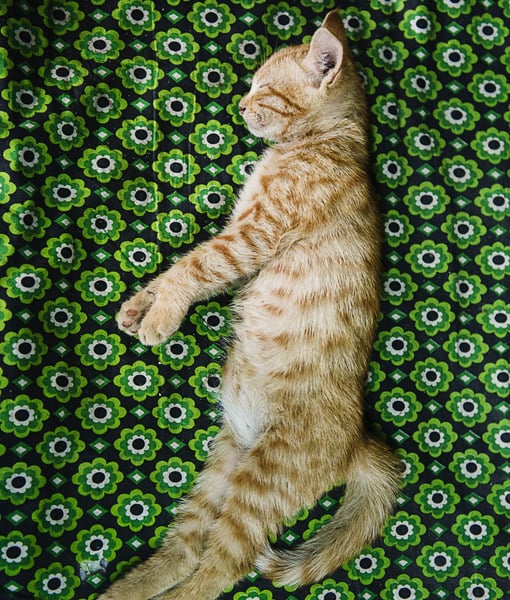
When cats lay stretched out on their sides, they are feeling relaxed. They have a sense of safety in their environment and do not feel a need to be alert or aware. Cats often sleep deeply in this position and begin to twitch, which is a telltale sign of their slumber. (Source)
Image via Getty Creative
Happy
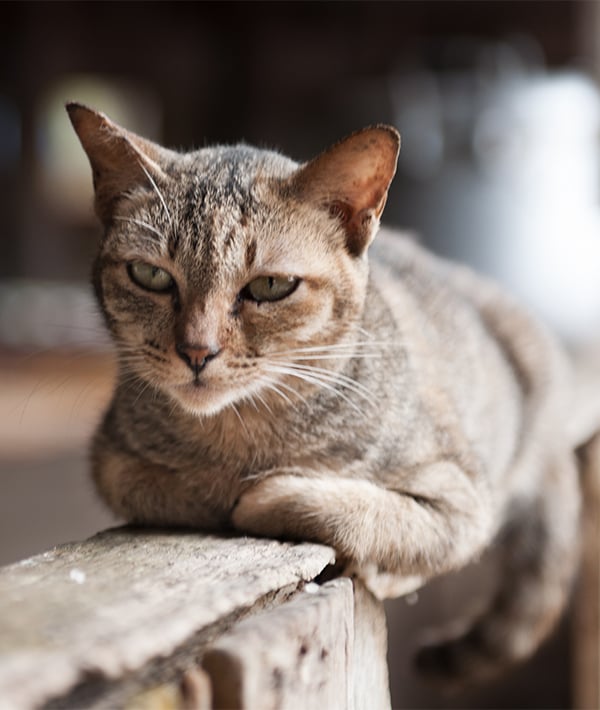
Cats' body language can show their happiness in a variety of ways. They could be sitting upright and observing their surroundings. They could also be lying facing forward with their paws tucked underneath their body, which is their "sphinx" look. The head is erect, but the cat is relaxed, with no signs of aggression. (Source)
Image via Flickr
Focused
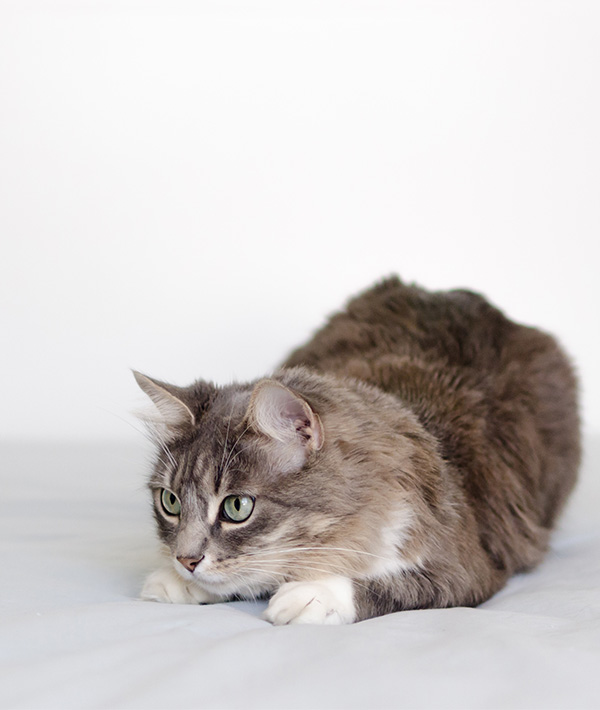
When a cat is on the prowl, its whole body attunes to the object of focus. You can see this body when a cat is hunting. Whether its prey is a toy, insect or mouse, the cat's body is low to the ground as it stalks. The cat coils its hind legs beneath it as it readies to pounce. (Source)
Image via Flickr: Michael Heichler
Playful
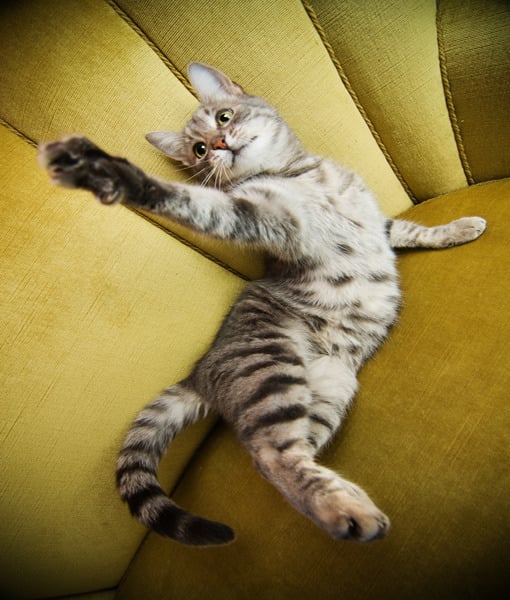
Cats show playfulness by wriggling on their sides or back. They could be meowing while trying to encourage you to play. Their position could start on their sides, but they may move to their back as they roll around. Cats are trying to convince you that they are harmless and are looking for fun interaction. (Source)
Image via Vetta
Confident and Content
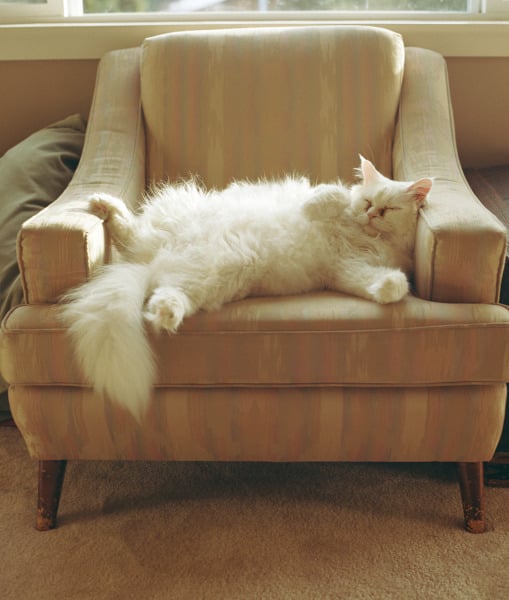
A cat lying on its back with its belly exposed indicates a feeling of confidence and security in its location. But it is also defensive. The cat may be in a prone position, but it has all four legs up and is ready to attack if need be. People who try to rub a cat's tummy when it's in this position will learn that lesson when their hands get bitten. (Source)
Image via Getty Creative
Neutral
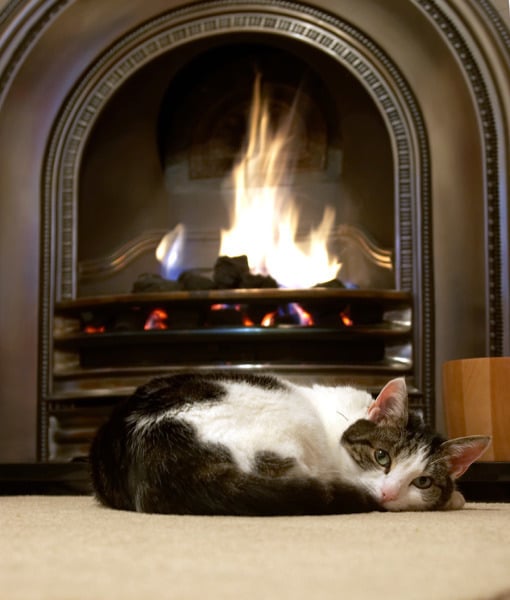
This is how cats spend most of their days. They are comfortable and content. Cats could be lying down or curled into a ball. There is no tension in the body. They are happy to sit and watch the world go by from this position. (Source)
Image via Getty Images
Fearful
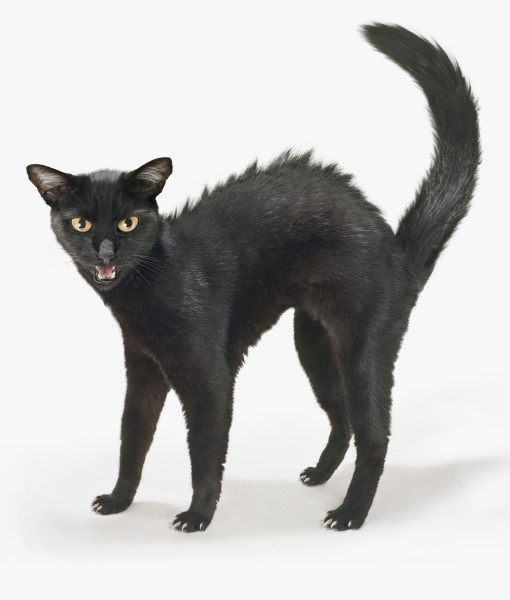
The arched back indicates fear. Cats do this to make themselves appear larger, and their fur stands on end. They are viewing something in their environment as a threat, and use this position as a form of defense. They are ready to strike at whatever is driving their fear. (Source)
Image via Getty Creative
Anxious
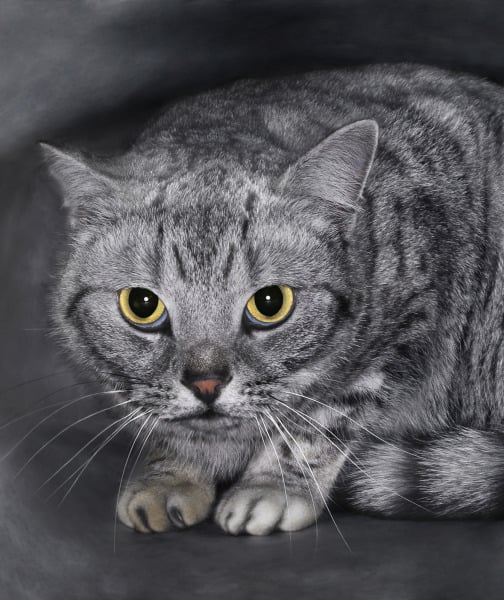
Cats' heads drop lower when they are feeling anxious. Their ears flatten back against their head. Cats may cower as they try to make themselves smaller, often crouched into a small, tight ball. They could be feeling like they are literally or figuratively backed into a corner. (Source)
Image via Getty Creative
Relieved
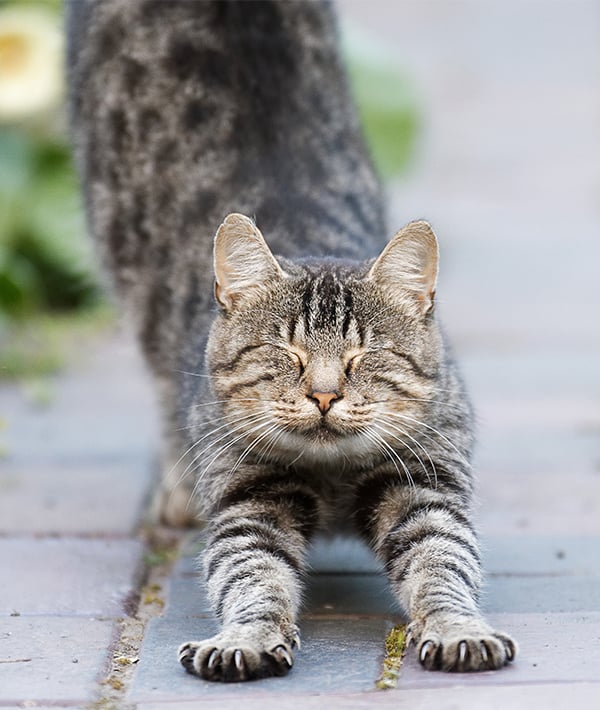
Cats show this body language after they have exhibited signs of fear or anxiety. It is a physical change from either being curled into a defensive ball or standing with an arched back. By stretching, they release the tension that was holding their bodies taut. It is a sign that they are no longer upset, and are feeling relieved. However, this position could sometimes simply be a stretch, normally after waking up. (Source)
Image via Flickr: FurLined
Friendly
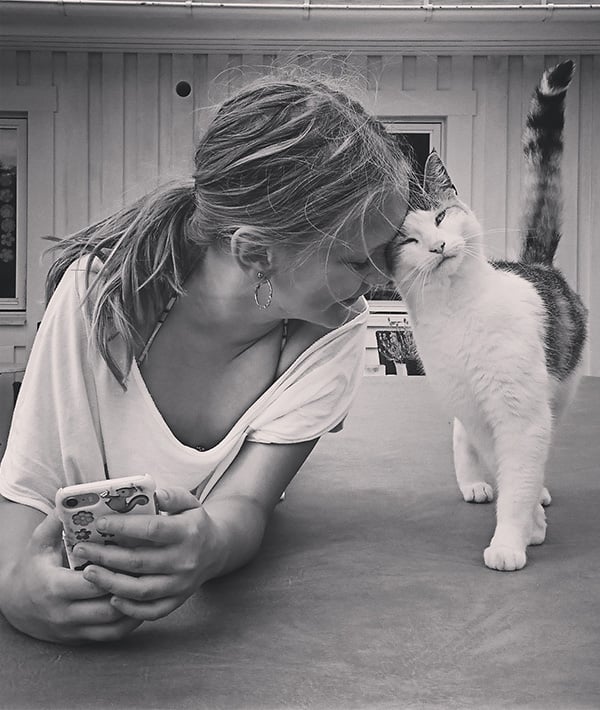
To our everlasting disappointment, cats rarely want our attention. But they can sometimes enjoy it. When they are in this mood, cats stand alert with their head held up and arch their back. Their fur lies flat, showing that they are not upset and welcoming of your touch. They are ready for you to pet them and scratch that difficult-to-reach spot behind the ears. (Source)
Image via Flickr: dotandimet




